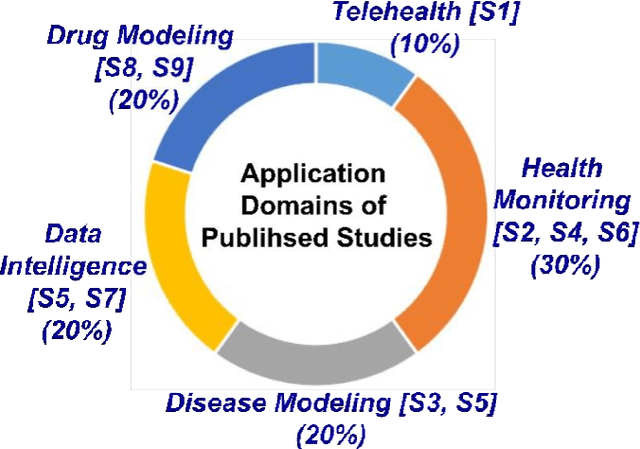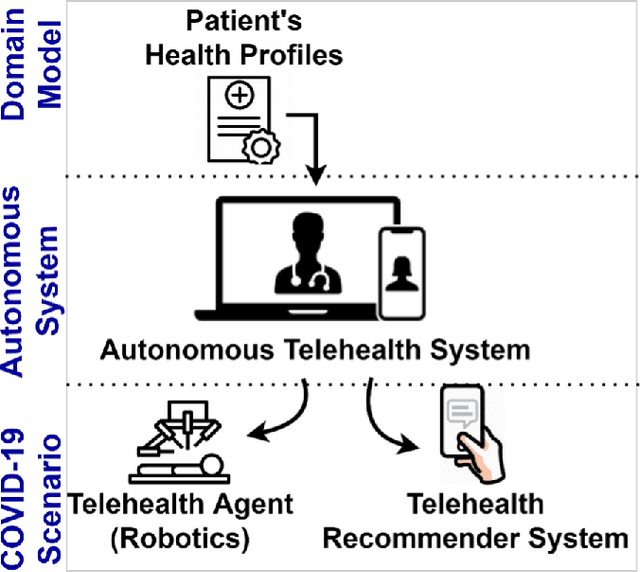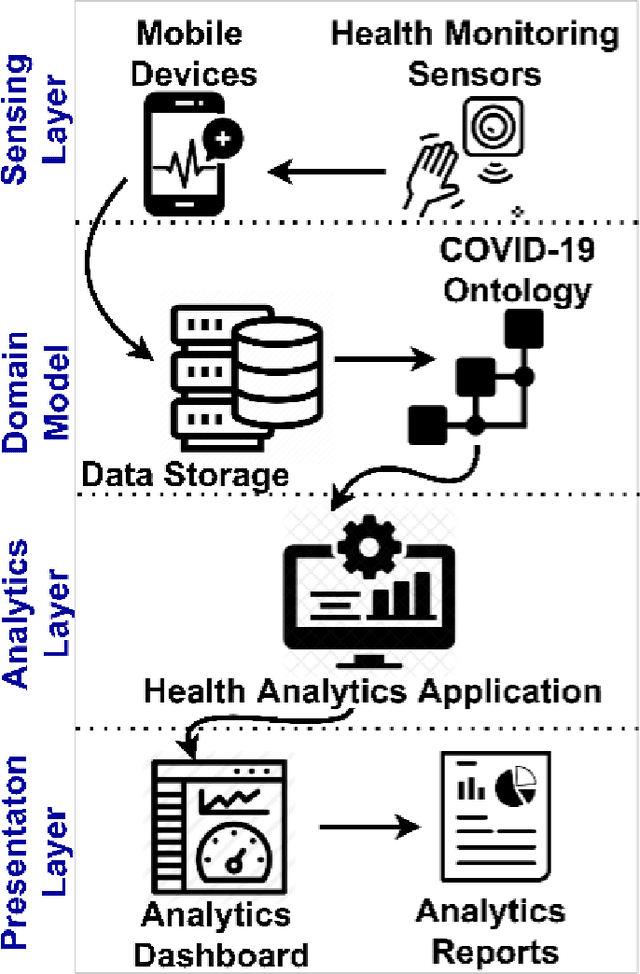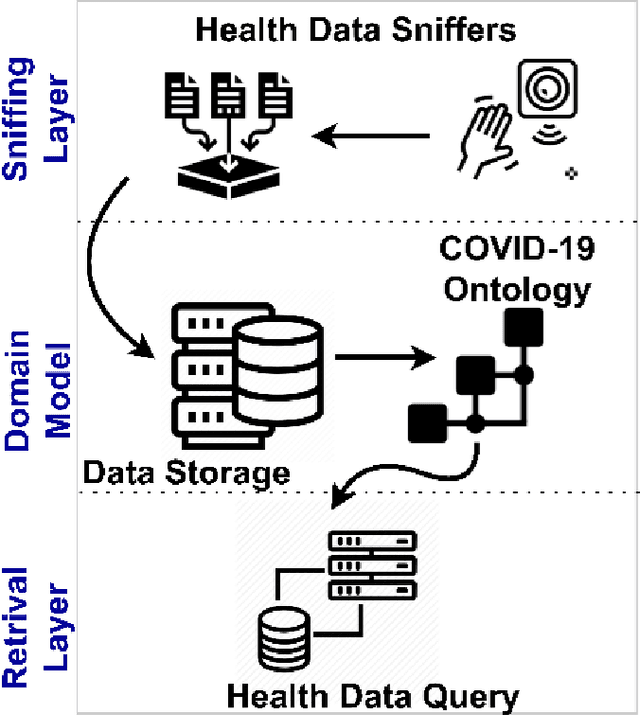Aakash Ahmad
Towards Human-Bot Collaborative Software Architecting with ChatGPT
Feb 26, 2023



Abstract:Architecting software-intensive systems can be a complex process. It deals with the daunting tasks of unifying stakeholders' perspectives, designers' intellect, tool-based automation, pattern-driven reuse, and so on, to sketch a blueprint that guides software implementation and evaluation. Despite its benefits, architecture-centric software engineering (ACSE) inherits a multitude of challenges. ACSE challenges could stem from a lack of standardized processes, socio-technical limitations, and scarcity of human expertise etc. that can impede the development of existing and emergent classes of software (e.g., IoTs, blockchain, quantum systems). Software Development Bots (DevBots) trained on large language models can help synergise architects' knowledge with artificially intelligent decision support to enable rapid architecting in a human-bot collaborative ACSE. An emerging solution to enable this collaboration is ChatGPT, a disruptive technology not primarily introduced for software engineering, but is capable of articulating and refining architectural artifacts based on natural language processing. We detail a case study that involves collaboration between a novice software architect and ChatGPT for architectural analysis, synthesis, and evaluation of a services-driven software application. Preliminary results indicate that ChatGPT can mimic an architect's role to support and often lead ACSE, however; it requires human oversight and decision support for collaborative architecting. Future research focuses on harnessing empirical evidence about architects' productivity and exploring socio-technical aspects of architecting with ChatGPT to tackle emerging and futuristic challenges of ACSE.
An Overview of Ontologies and Tool Support for COVID-19 Analytics
Oct 12, 2021



Abstract:The outbreak of the SARS-CoV-2 pandemic of the new COVID-19 disease (COVID-19 for short) demands empowering existing medical, economic, and social emergency backend systems with data analytics capabilities. An impediment in taking advantages of data analytics in these systems is the lack of a unified framework or reference model. Ontologies are highlighted as a promising solution to bridge this gap by providing a formal representation of COVID-19 concepts such as symptoms, infections rate, contact tracing, and drug modelling. Ontology-based solutions enable the integration of diverse data sources that leads to a better understanding of pandemic data, management of smart lockdowns by identifying pandemic hotspots, and knowledge-driven inference, reasoning, and recommendations to tackle surrounding issues.
 Add to Chrome
Add to Chrome Add to Firefox
Add to Firefox Add to Edge
Add to Edge